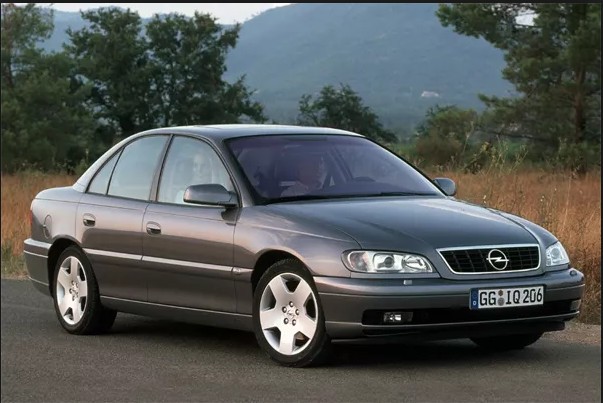The Cadillac Catera, a short-lived experiment by Cadillac from 1997 to 2001, often evokes questions about its origins and lasting legacy. The Catera wasn’t an original Cadillac design; it was based on the Opel Omega, a successful European sedan. This article delves into the history of the Auto Opel Omega and its connection to the Cadillac Catera.
The Opel Omega, also known as the Vauxhall Carlton in the UK, debuted in 1986. This full-size sedan was positioned to compete with the likes of the Mercedes-Benz E-Class and BMW 5 Series, offering comparable space but at a more competitive price point. It featured a traditional longitudinal engine layout and rear-wheel drive, a departure from the front-wheel-drive trend prevalent at the time. The Omega’s success culminated in winning the prestigious European Car of the Year award in 1987.
A notable variant of the Opel Omega was the Lotus Carlton. Developed in collaboration with Lotus, this high-performance version boasted a twin-turbocharged 3.6-liter engine capable of propelling the car to a top speed of 186 mph. This showcased the Omega’s performance potential, a characteristic that unfortunately wasn’t fully realized in the Catera.
In the early 1990s, Cadillac was seeking to revitalize its image and attract younger buyers. The decision was made to import the Opel Omega and rebadge it as the Cadillac Catera. This strategy aimed to leverage the Omega’s established European reputation and engineering. The Catera, equipped with a 3.0-liter V6 engine shared with various Saab and Saturn models, offered a well-equipped package including leather seats, a premium sound system, and various power options.
However, the Catera faced challenges in the American market. Its bland styling, unremarkable performance, and questionable reliability led to disappointing sales. While the Catera offered a comfortable and spacious interior, along with a solid build quality characteristic of German engineering, it failed to capture the essence of a true Cadillac.
Ultimately, the Catera’s legacy is one of a missed opportunity. It neither provided the luxurious presence expected of a Cadillac nor the exhilarating driving experience associated with German automobiles. Its high maintenance costs and reliability issues further tarnished its reputation. Despite an attempt to revamp Cadillac’s image, the Catera ultimately contributed to the brand’s struggles during this period.
The auto Opel Omega, a successful car in Europe, served as the foundation for the Cadillac Catera. However, the Catera’s failure demonstrates the challenges of adapting a European car for the American market without properly considering brand identity and consumer expectations. The Catera ultimately became a cautionary tale in automotive history.

